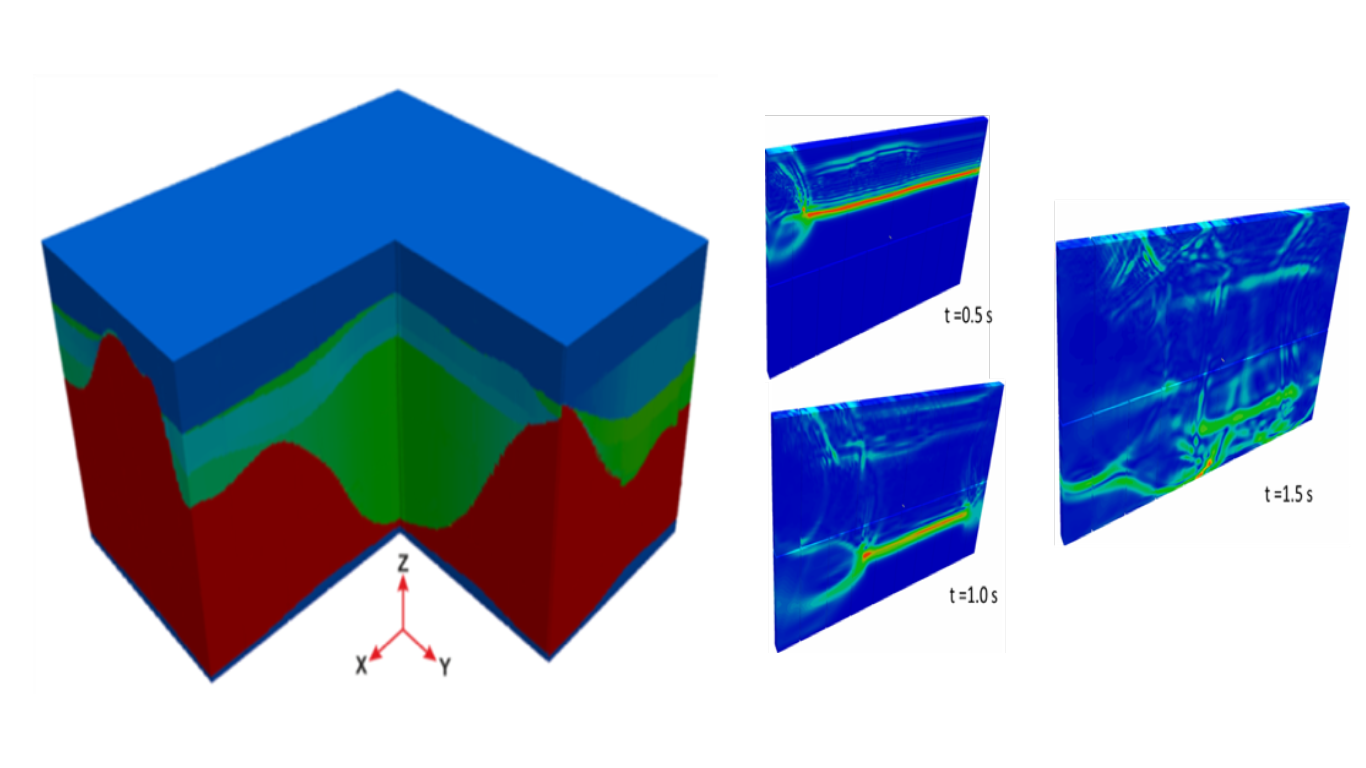The Low Frequency Seismic methods have been mainly utilized over many geological and engineering applications, namely, oil and gas, seismological (earthquake tremors), volcanic, mining, geothermal, and earthquake engineering. It detects seismic events or tremors in the frequency range of primarily 0-10 Hz. These events can be generated by passive (natural) or active (induced) sources. The LFS, however, deals with passive and active sources while Microseismic (which is a subsidiary of LFS) deals mainly with the induced ones and it has been used heavily, in the last decade, in oil industry to mainly monitor fracking, and steam/water/gas injection operations in tight and heavy oil reservoirs.
The Low Frequency Seismic (LFS) Methods
Background
So far, we have carried out 160 LFS surveys on different oil fields with a total area of 1500 km2 in the Russian Federation and some other parts of the world. Our rate of success was 85%.
We have developed at GeoPulsar a method to deploy single vertical sensors together with the 3C ones to acquire passive/active LFS waves on 2D/3D coverage over large areas. We use our in-house NSZ software package to perform a complete cycle of data processing, modeling, simulation, and interpretation.


